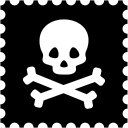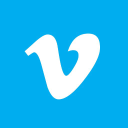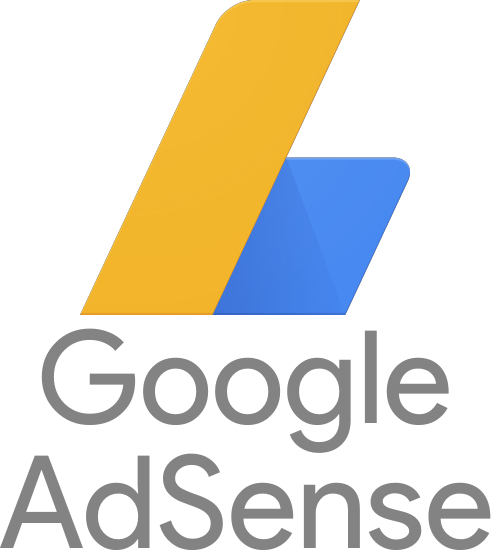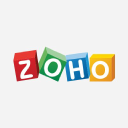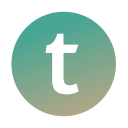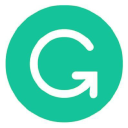I Make $1M/Year Helping Writers Publish And Market Their Books
Hello! Who are you and what business did you start?
I’m the Founder and CEO of Paper Raven Books, a publishing company that helps people write, publish, and market books.
Our authors retain the creative vision, legal rights, and profits of their books, and they work with our all-star team through the editorial, design, production, and marketing pieces of publishing a book.
Today, we have over 150 clients who we’re working with in some part of the process, we publish 60 books a year, and we gross $1.1 million in revenue. Our team of publishing professionals has 18 full-time members, who are all remote, doing the work they love, while providing amazing service to our authors, from anywhere in the world.
I’m currently in Texas, with my husband and four children, where I’m able to run a seven-figure publishing company and walk my kids to and from school every day. It’s a win-win for everyone involved!


Download the report and join our email newsletter packed with business ideas and money-making opportunities, backed by real-life case studies.

Download the report and join our email newsletter packed with business ideas and money-making opportunities, backed by real-life case studies.

Download the report and join our email newsletter packed with business ideas and money-making opportunities, backed by real-life case studies.

Download the report and join our email newsletter packed with business ideas and money-making opportunities, backed by real-life case studies.

Download the report and join our email newsletter packed with business ideas and money-making opportunities, backed by real-life case studies.

Download the report and join our email newsletter packed with business ideas and money-making opportunities, backed by real-life case studies.

Download the report and join our email newsletter packed with business ideas and money-making opportunities, backed by real-life case studies.

Download the report and join our email newsletter packed with business ideas and money-making opportunities, backed by real-life case studies.





